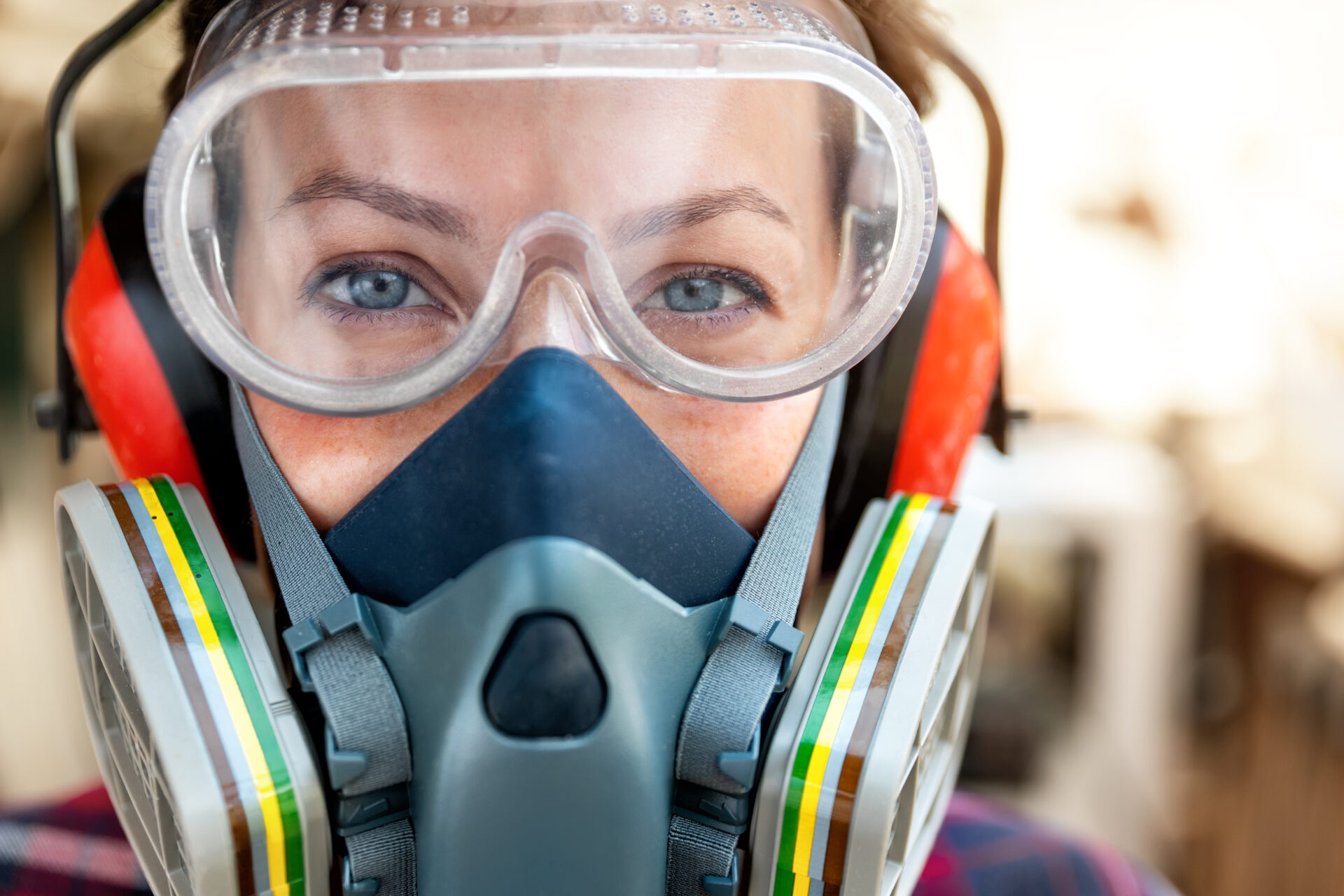Subtotal: $586.00
Some Important Information
Please note that all of our liquid concentrate products are cleaners, disinfectants, and deodorizers, and meet or surpass all OSHA, C.S.A., ANSI, NFPA, and NIOSH specifications for cleaning and disinfecting respirators. Further, our products are guaranteed for use on all makes and models of respirators and P.P.E.
If you should have any questions, please call or email us.

Definitions
| Antiseptic | Chemical compounds that are capable of reducing the number of organisms on body surfaces. |
| Common | OSHA requires employers to provide each respirator wearer with a respirator that is clean, sanitary, and in good working order. Disinfecting methods must ensure that the respirator is properly cleaned and disinfected in a manner that prevents damage to the respirator and does not cause harm to the user. |
| Contact | The length of time a face mask is required to be exposed to a sanitizing or disinfecting agent before wiping or rinsing to ensure the effectiveness of the products’ kill claims. Contact time for sanitizing recommended by ANSI Z88.2-1992 - Two minutes. (Check the Product label for contact times, Usually 10 minutes for disinfecting.) |
| Detergent | A washing agent formulated to aid in the removal of industrial debris from face mask surfaces prior to or during the disinfecting process. |
| Germicidal | Products that possess good detergency as well as germ-killing abilities. |
| Dilution | The amount of concentrated liquid product that must be added to one or more gallons of water. |
| Hospital-Grade | A classification for disinfectants. These disinfectants must, at a minimum, kill Staphylococcus aureus, Salmonella, and Pseudomonas. |
| Disinfectant | Kills at least all named microbes on the product label - usually benchmark organisms selected for their difficulty to kill. This process is the most widely used and is required by OSHA 1910.134. |
| Dwell | The length of time a face mask is required to be exposed to a sanitizing or disinfecting agent before wiping or rinsing to ensure the effectiveness of the products’ kill claims. Contact time for sanitizing recommended by ANSI Z88.2-1992 - Two minutes. (Check the Product label for contact times, Usually 10 minutes for disinfecting.) |
| E.P.A. | The Government Agency responsible for approving and regulating manufacturers who make label claims for their products’ germicidal strength. |
| Halogens | The most common halogen is bleach. Halogens are powerful disinfectants but are usually much too strong and corrosive for most cleaning situations. Other drawbacks include a relatively short shelf-life, and an inability to clean soiled respirators must be pre-cleaned before using chlorine disinfectants. |
| Idophors | Iodine solutions have short shelf lives and can stain face masks. The staining aspect and bad odor limit the use of this class of product in the respirator hygiene field. |
| Quaternary-ammonium | Quats are typically chlorine or bromine salts of ammonia in which the hydrogens are substituted with n-alkyl, benzyl, methyl, or ethyl groups. Quats are cationic wetting agents with bactericidal activity and are active over a wide pH range. This class of disinfectant is widely used in respirator hygiene due to its non-corrosive nature, cleaning ability, and selectivity. |
| Respirator | A system of principles and practices implemented for the maintenance, handling, disinfecting, and storage of respiratory equipment for the preservation of health and prevention of transmission of communicable diseases. |
| Sanitizer | Reduces the number of specified organisms to an E.P.A. certified safe level. These products are most often used in kitchen and food processing areas, where toxicity must be limited due to contact with food preparation surfaces. Sanitizing is recommended by ANSI-Z.88-1992. |
| Sterilize | A process or product which kills all microbes leaving a sterile environment. The most common method is with high heat or strong chemicals. These processes would deteriorate or destroy the materials used in face mask construction. |
| Tuberculocide | A product or process which kills the bacteria which causes tuberculosis. This bacteria is difficult to kill and requires strong disinfecting agents, which are typically harmful to face mask surfaces. Surface disinfectants alone do not prevent the possibility of transmission of this bacteria, because T.B. is not transmitted by surface contact. T.B. is spread by nuclei in the air. |
Machine Troubleshooting
If you own a G.S. Series Washing unit and/or drying unit and are experiencing issues with its performance or need help with the initial setup, please call Tom Rosendale at (301) 317-5502 x 302 BEFORE troubleshooting or installing the unit on your own. Please have the unit model number and information on the date of purchase when you call.

 5500111-02
5500111-02